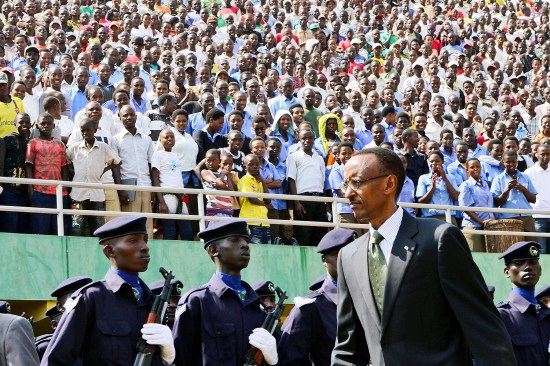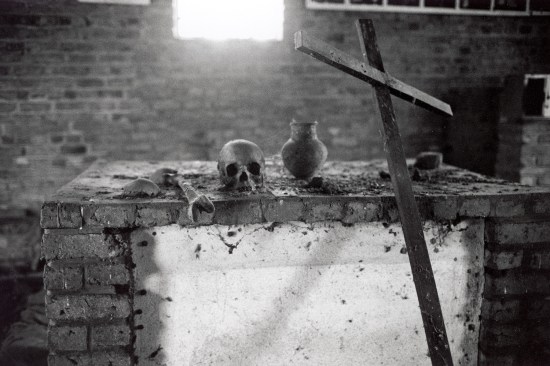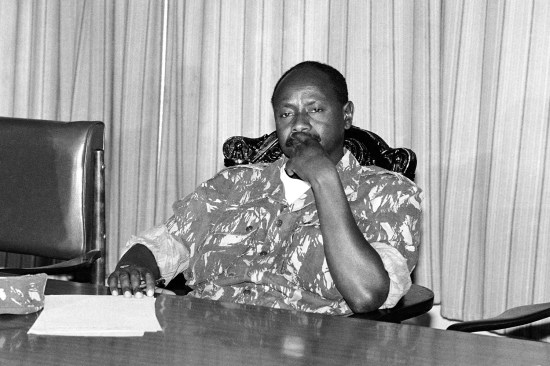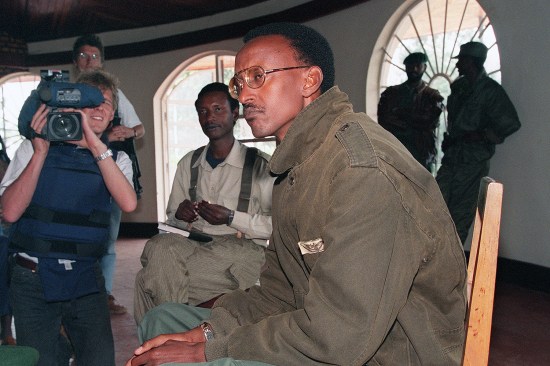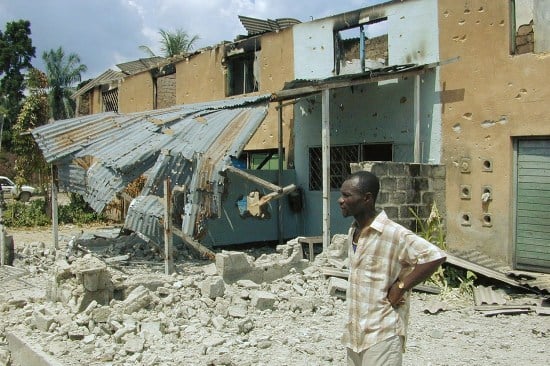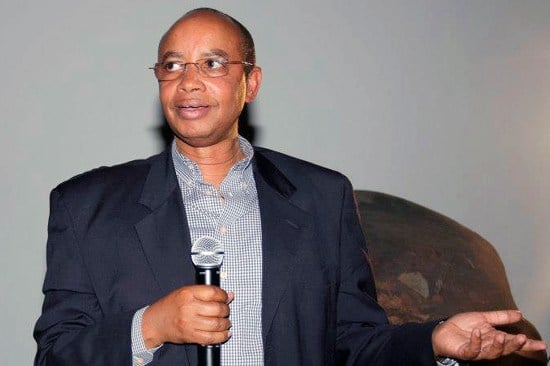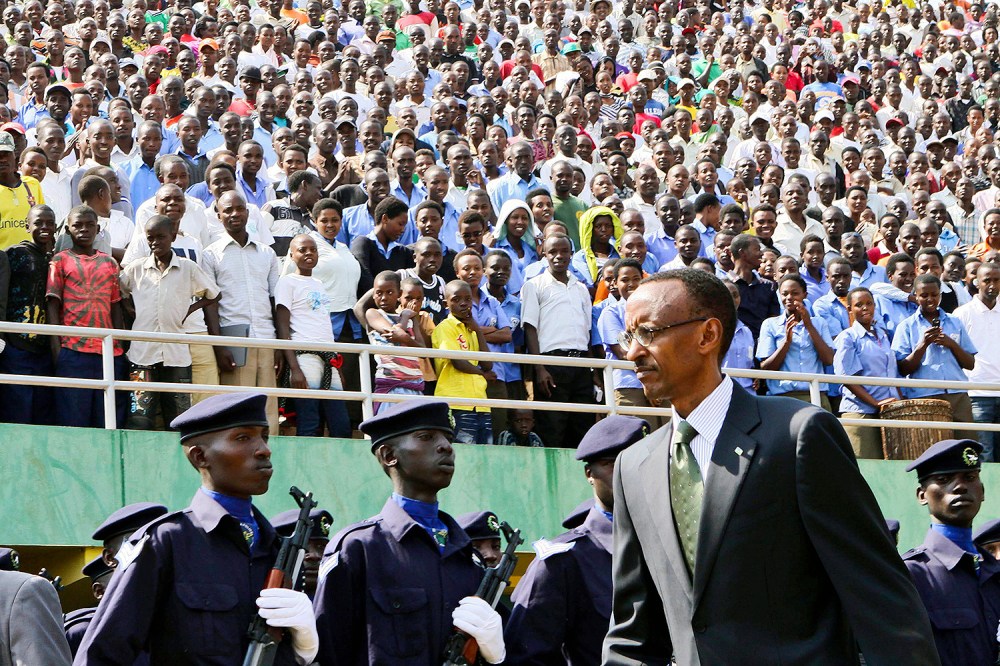John dillinger
JF-Expert Member
- Jun 15, 2020
- 2,003
- 2,267
Kinoma yaanInsha lote hili umeliandika, ni Takataka tu, English naijua sana na sijasoma nje wala international skuli.
Mahn, if this is really what goes through your mind. Wewe ni fara kinoma joh
 wanaona English sijui km nn yaan
wanaona English sijui km nn yaan


Sent from my CPH1923 using JamiiForums mobile app
